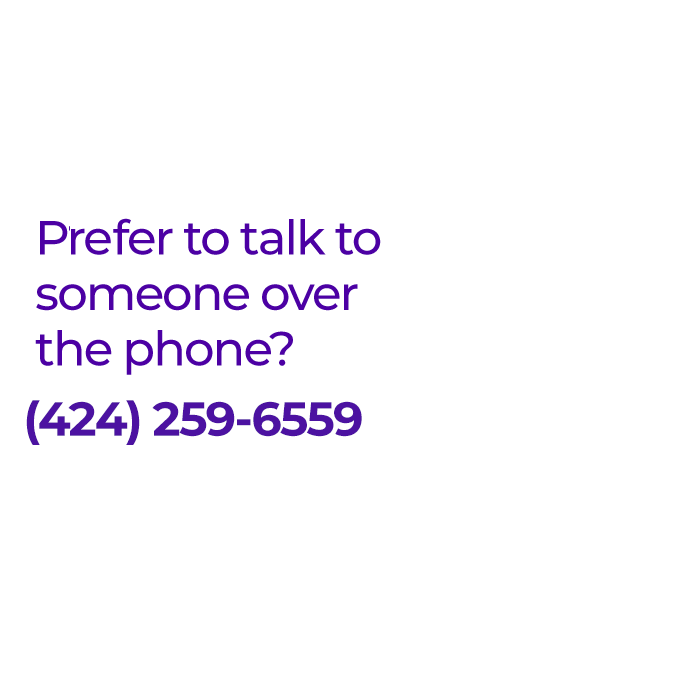I was recently included in a series of lectures developed for the International Surgical Sleep Society. My topic: Oral Myofunctional Therapy and Frenuloplasty Are Not Currently Appropriate Treatment Options for Adults with Obstructive Sleep Apnea. I have posted this presentation on oral myofunctional therapy and frenuloplasty on YouTube; it is somewhat long but explains why the title is not only true but also supported by many other leaders in the field. It is worth noting that this expanded the discussion on a 2018 blog post on oral myofunctional therapy. I had hoped that this blog post at the attention it received from some in the oral myofunctional therapy community would encourage practitioners to perform research. Instead, many individuals became upset with me, but there have been no objective studies examining effects on OSA since that time.
Why Be So Cantankerous?
I have a sincere and serious interest in new treatments, especially muscle-based approaches for OSA. My blog post and this presentation are not just reactions to defend more-traditional therapies. In fact, some colleagues who are international leaders in sleep medicine, sleep dentistry, oral and maxillofacial surgery, and sleep surgery raised similar concerns about the growth in marketing of techniques and technologies for OSA in spite of an almost-complete lack of evidence. This is problematic because many patients who do not tolerate positive airway pressure therapy can become almost desperate for alternatives, relying on health care providers to guide them. It is essential that providers rely on scientific evidence to make recommendations. Unfortunately, that is not always happening.
Our concerns led us to write a peer-reviewed paper now published in the American Journal of Respiratory and Critical Care Medicine, one of the world’s top journals in the field of pulmonary medicine. In short, we evaluate the evidence and conclude that many potential alternative obstructive sleep apnea therapies are marketed without sufficient high-quality, peer-reviewed scientific studies showing benefit. The products or approaches with no or limited scientific evidence include the following:
- Neck pillows and pillow inserts
- Positional aids
- Nasal valve inserts or treatments
- Mouth closure: chin straps and tapes
- Nasal expiratory positive airway pressure therapy (Provent or Theravent)
- Oral expiratory positive airway pressure (Oventus)
- Oral pressure therapy (Winx)
- Continuous negative external pressure
- Didgeridoo
- Oropharyngeal exercises: fixed protocols
- Oral myofunctional therapy: variable exercise protocols
- Frenuloplasty
- Daytime electrical stimulation of the tongue
- Nightlase
- Maxillary skeletal expanders (Bionator, Crozat, Advanced Lightwire Functionals, etc.)
- Anterior Growth Guidance Appliance
- Daytime Nighttime Appliance
- Orthotropic appliances
Hope for the Future: Less Marketing, More Research
We would love to see more effective treatments for OSA, so we hope that many of these therapies do prove to be effective. However, we found that many of these alternatives do not have high-quality studies showing clear benefits. Furthermore, they have not been studied to identify patients who might respond well (and not so well) to them, which is the key for most OSA treatments (including surgery). Because OSA is a potentially-serious medical disorder, we expressed our hope that they would be studied rigorously, perhaps by diverting some of the marketing resources to research. In addition, we wrote that health care providers must treat adults with OSA using treatments either supported by high-quality, peer-reviewed publications showing benefit or as part of ongoing rigorous clinical trials.




Orlando E Rivera says:
I continue to roll around while I sleep. Creating a lower back pain.. Any advice?
Dr. Kezirian says:
Most people who move around during sleep do not experience back pain, so I would start by seeing your primary care provider to evaluate what might be causing your back pain.